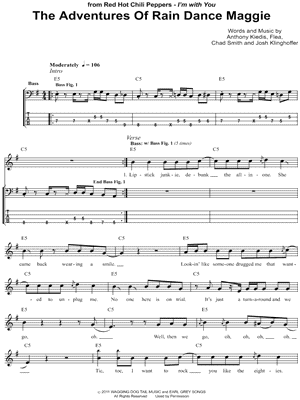

i.) To unite in a small party to promote private views and interests by intrigue to intrigue to plot.Ĭabala ( n.) A kind of occult theosophy or traditional interpretation of the Scriptures among Jewish rabbis and certain mediaeval Christians, which treats of the nature of god and the mystery of human existence. See CabalaĬabal ( n.) A number of persons united in some close design, usually to promote their private views and interests in church or state by intrigue a secret association composed of a few designing persons a junto.Ĭabal ( n.) The secret artifices or machinations of a few persons united in a close design intrigue.Ĭabal ( v. search.Ĭ ( ) The keynote of the normal or "natural" scale, which has neither flats nor sharps in its signature also, the third note of the relative minor scale of the same.Ĭ ( ) C after the clef is the mark of common time, in which each measure is a semibreve (four fourths or crotchets) for alla breve time it is written /.Ĭ ( ) The "C clef," a modification of the letter C, placed on any line of the staff, shows that line to be middle C.Ĭ ( ) As a numeral, C stands for Latin centum or 100, CC for 200, etc.Ĭaaba ( n.) The small and nearly cubical stone building, toward which all Mohammedans must pray.Ĭab ( n.) A kind of close carriage with two or four wheels, usually a public vehicle.Ĭab ( n.) The covered part of a locomotive, in which the engineer has his station.Ĭab ( n.) A Hebrew dry measure, containing a little over two (2.37) pints.Ĭabal ( n.) Tradition occult doctrine. Etymologically C is related to g, h, k, q, s (and other sibilant sounds). The English name of C is from the Latin name ce, and was derived, probably, through the French. The Latin C was the same letter as the Greek /, /, and came from the Greek alphabet. In Anglo-Saxon words, or Old English before the Norman Conquest, it always has the sound of k.

It is from the Latin letter C, which in old Latin represented the sounds of k, and g (in go) its original value being the latter.

C ( ) C is the third letter of the English alphabet.


 0 kommentar(er)
0 kommentar(er)
